Photos: The Creatures That Call Lava-Tube Caves Home

Lava-tube cave
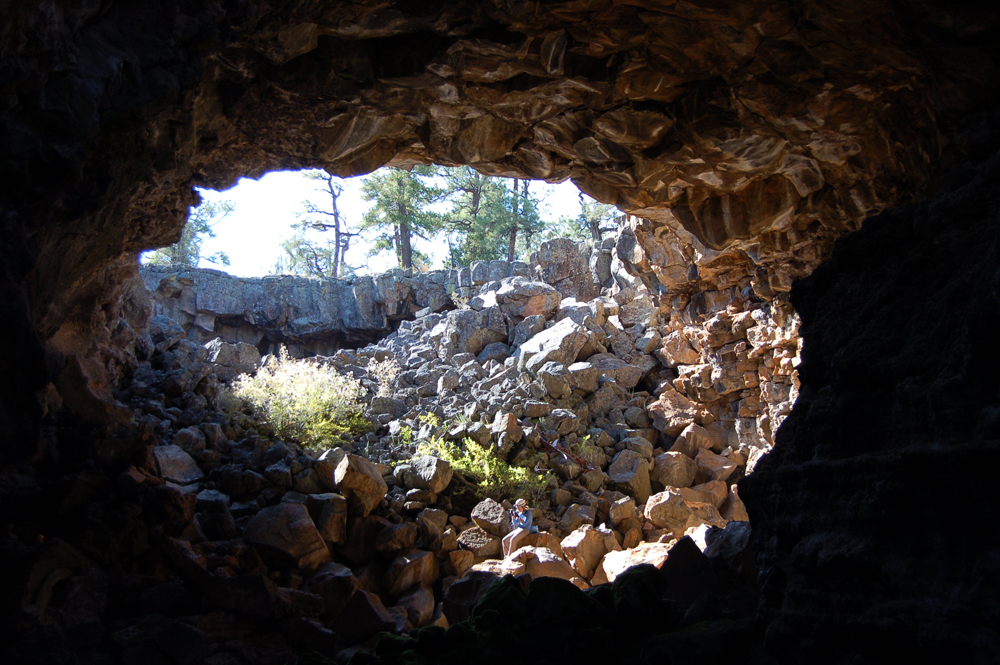
Lava-tube caves are hollowed-out tributaries of lava flows that can extend many miles underground. Western New Mexico's El Malpais National Monument, where these photos were taken, contains more than 200 lava-tube caves.
Lava-tube cave, inside
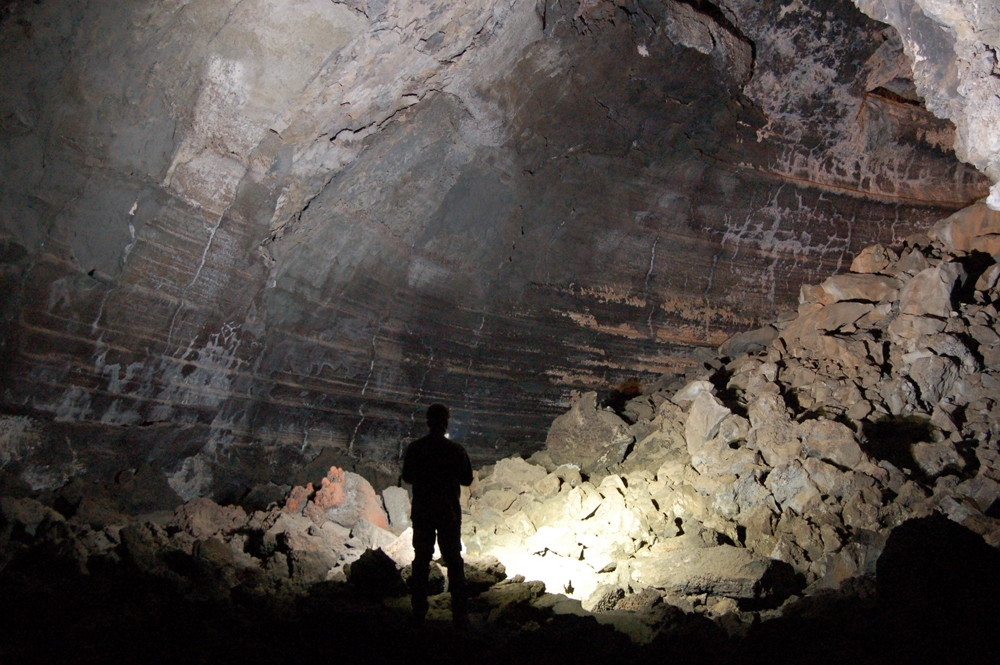
Lava-tube caves differ in shape from more commonly known limestone caves, and thus develop different air current patterns that support distinct flora and fauna. Researchers based at Northern Arizona University surveyed 11 caves in El Malpais National Monument to better understand this unique habitat.
Lava-tube cave, scientist collecting specimens
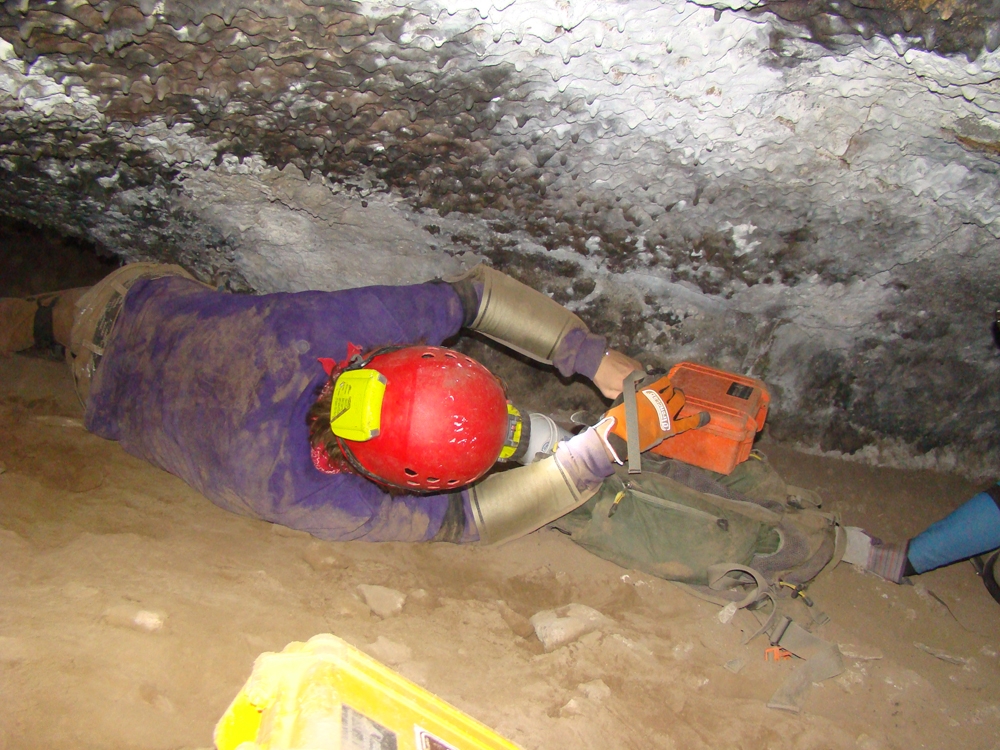
New cave-adapted bristletail
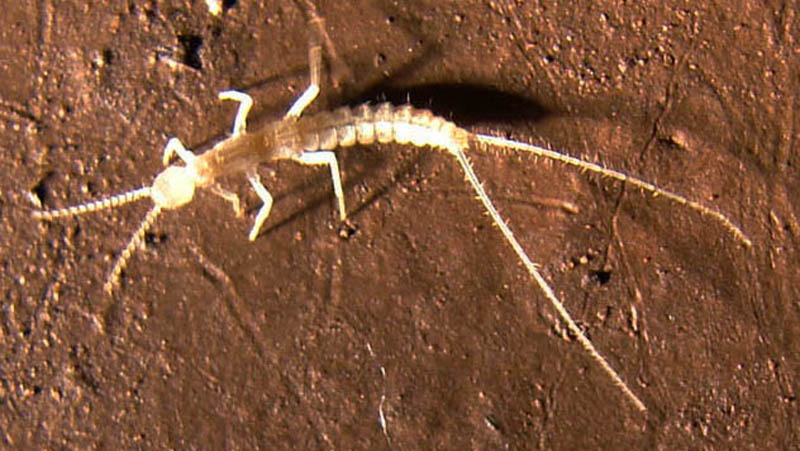
This newly discovered bristletail is cave-adapted, meaning that it lives its entire life in complete cave darkness. Its light coloration is typical of cave-adapted species, since these animals do not generally see one another and would therefore not benefit from distinct markings.
New cave cricket
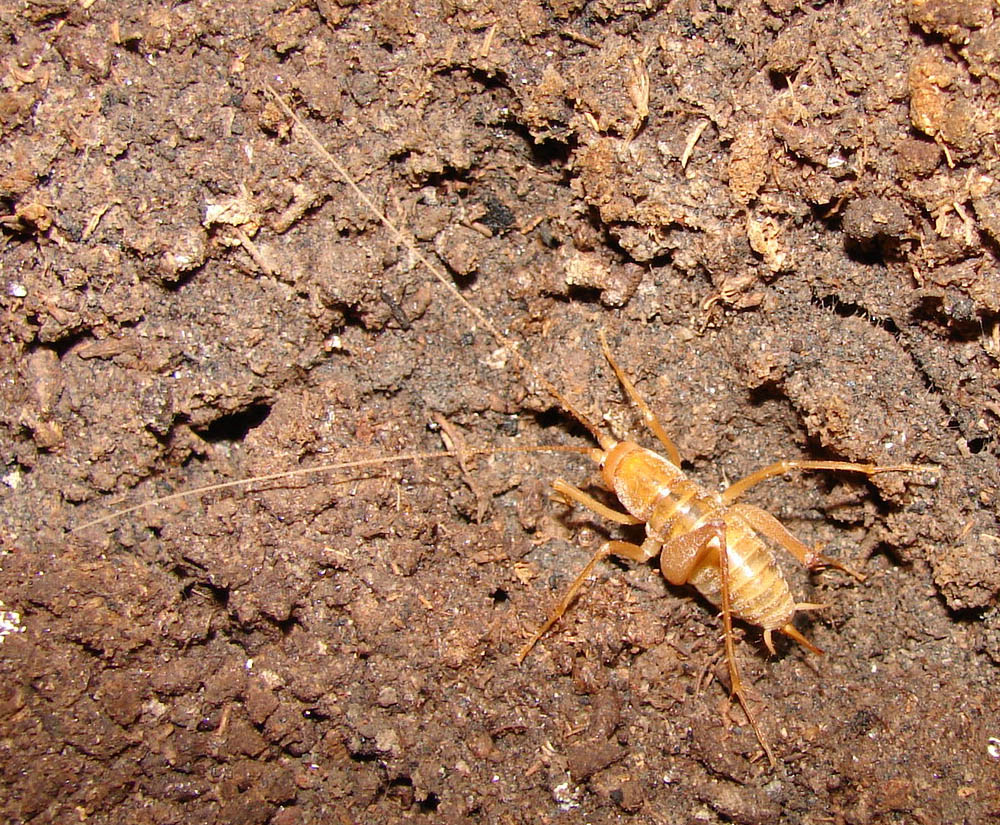
This newly discovered cave cricket is trogloxenic, meaning it spends its life both inside and outside of caves.
New cave beetle
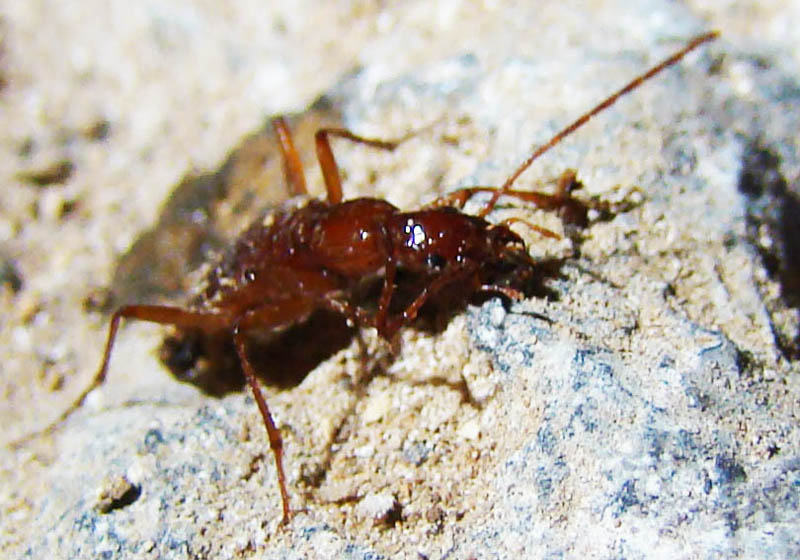
This newly discovered cave beetle is also trogloxenic, spending its life inside and outside caves.
New cave planthopper, nymph stage
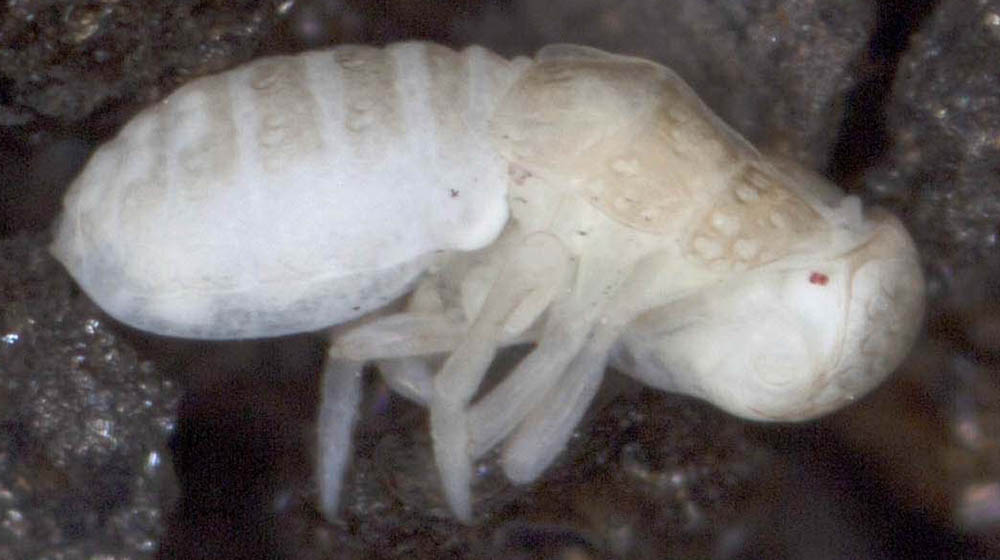
This newly discovered planthopper is thought to be cave-adapted, spending its entire life in cave darkness.
Hibernating Townsend's big-eared bat
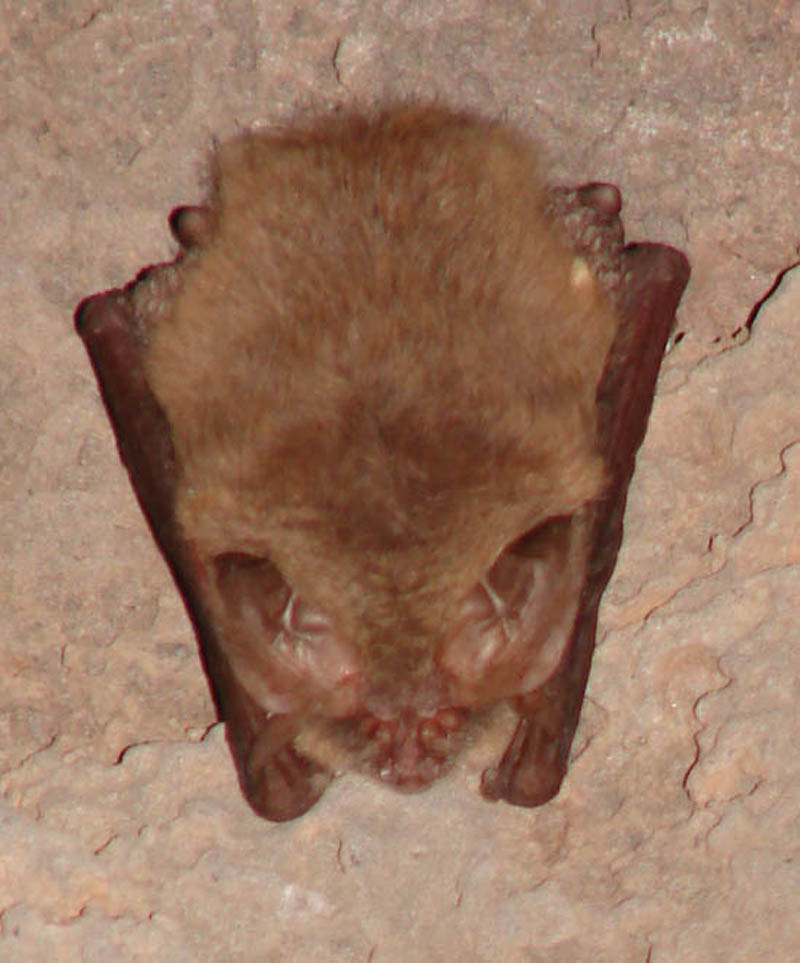
A hibernating colony of roughly 100 Townsend's big-eared bats was discovered in one. As a result, the park's resources management team decided to close that cave to the public during the winter, to allow the bats to hibernate undisturbed.
Get the world’s most fascinating discoveries delivered straight to your inbox.



